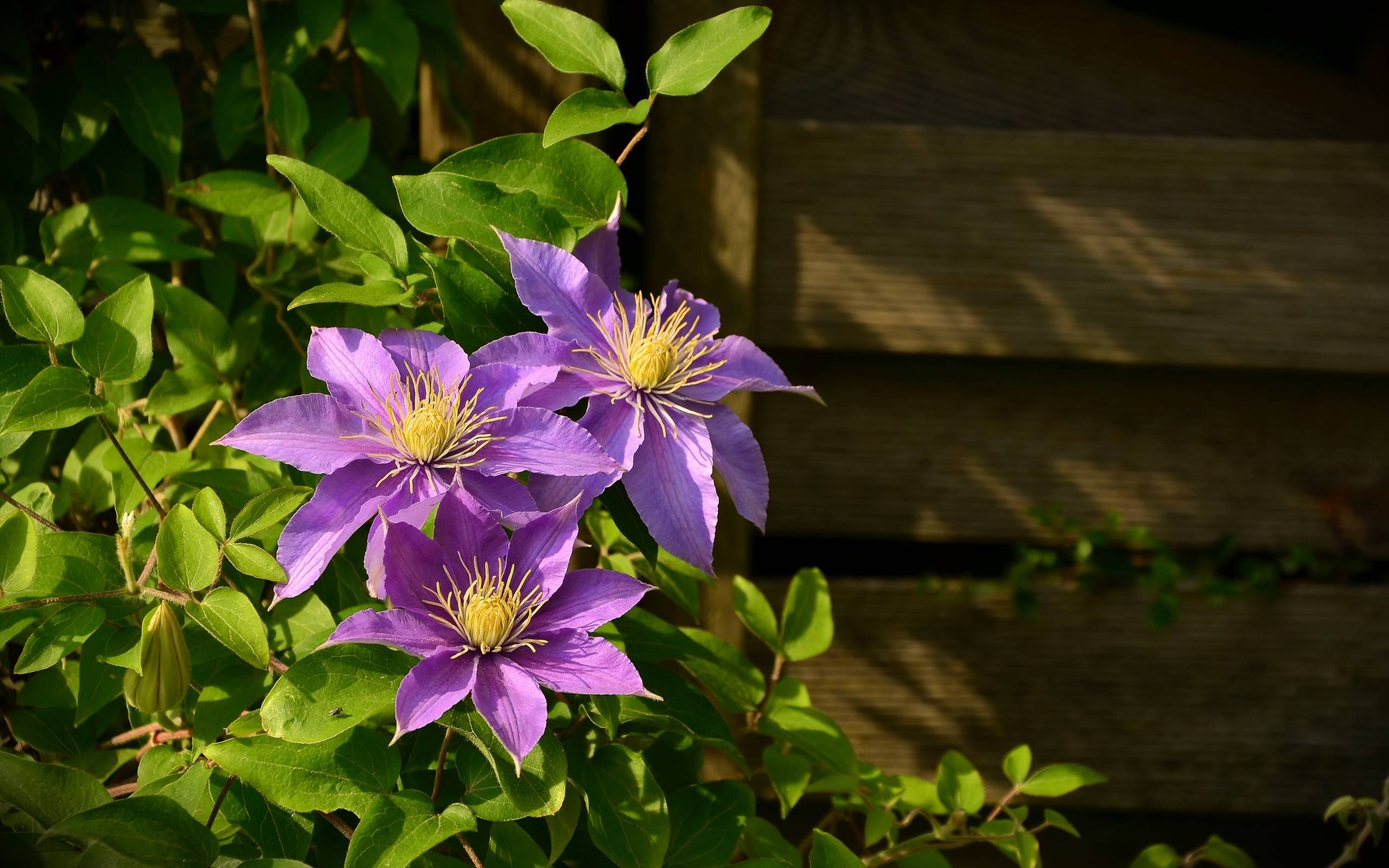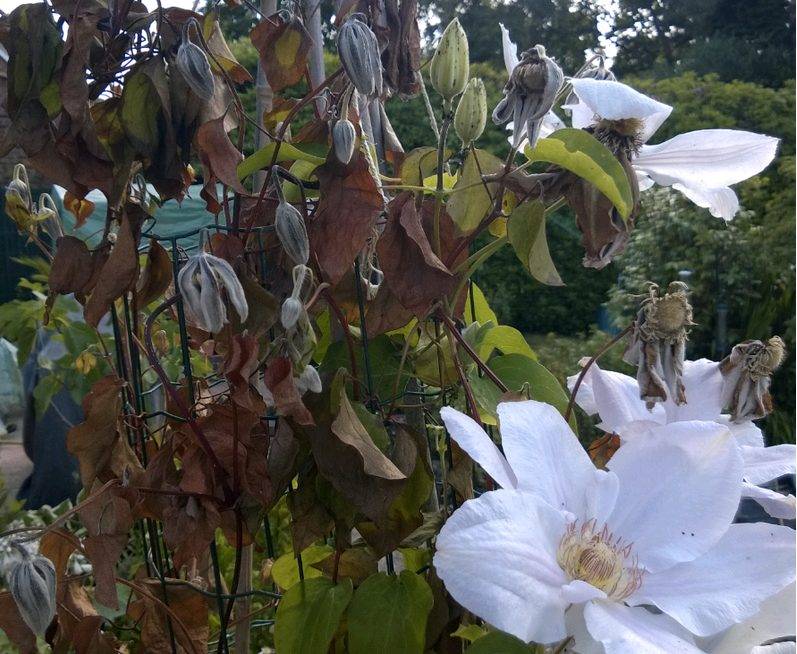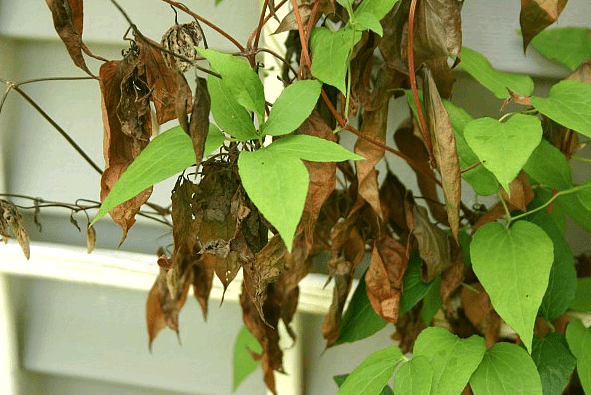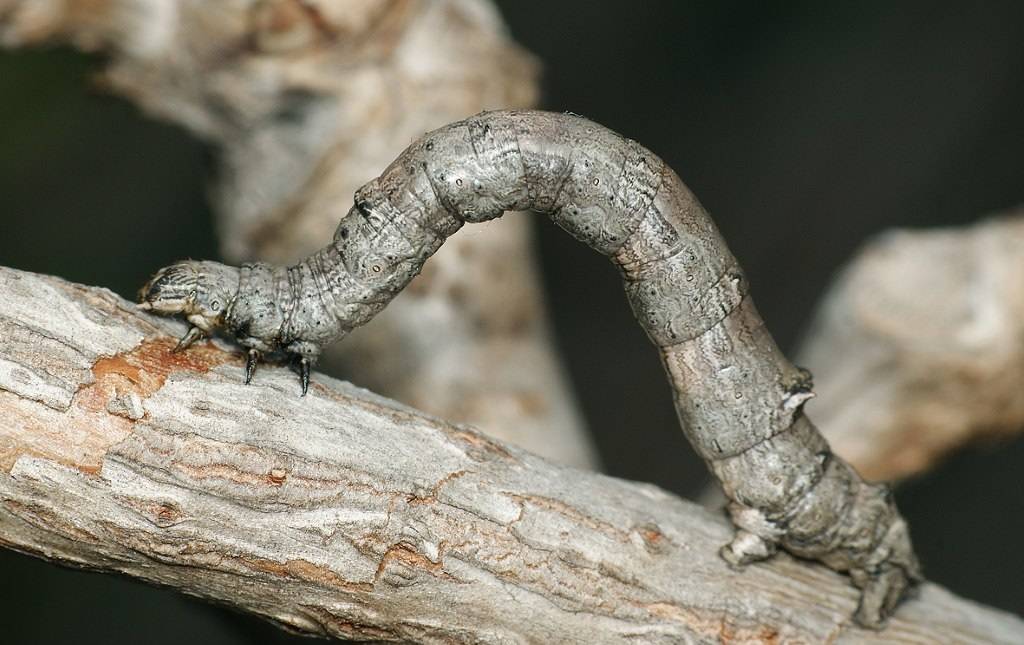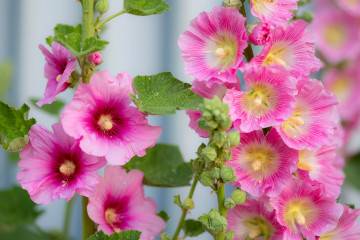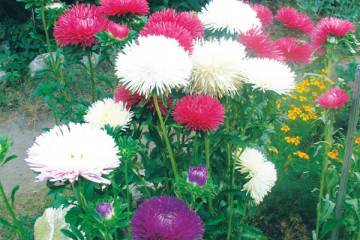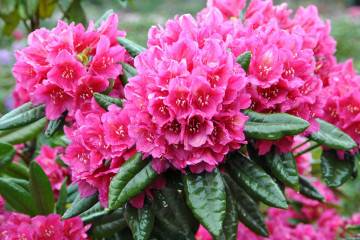Diseases of clematis and their treatment - what are the diseases of flowers
Content:
A plant such as clematis is quite popular among gardeners. This is not surprising - the perennial liana attracts the eyes with large bright flowers of various shades. However, every gardener at least once faced problems when growing a crop. Diseases of clematis, flower growers say, are typical for most garden dwellers. A serious test for the plant is unfavorable climatic conditions and the appearance of insect pests on the site.
Experienced growers say: correct agricultural technology and adherence to the rules for growing vines are already a treatment and preventive measure that can prevent a number of diseases.
But prolonged rains or dry periods, pest attacks can lead to the fact that the plant begins to hurt.
In clematis, the lower leaves turn yellow and dry.
This is one of the most common problems that growers face. There are many reasons for this problem. These include the following:
- weather conditions in the region do not correspond to the selected variety;
- an unsuitable site was selected for clematis;
- stagnation of moisture at the roots;
- excessive amount of fertilizers;
- improper watering times, such as when the sun is too active;
- fungal disease;
- damage by insect pests.
Speaking about what to do if the leaves of clematis turn yellow, you should first carefully examine the plant and find out the reason. After it is eliminated, the plant will be able to fully develop again.
Often the yellowness of the leaves is a reaction to improper care. The problem appears when clematis grows in a shady place, the site is blown by winds and drafts. The reason may also be the soil - the plant does not grow well on heavy soils.
If the leaves of the plant begin to dry out, care should be taken to introduce nutrients into the soil. The thing is that this vine renews its shoots every year, a lot of resources are spent on long flowering. The plant needs minerals such as iron, copper, magnesium, manganese, nitrogen, sulfur, zinc.
Magnesium deficiency may be among the reasons why clematis turns yellow. It is easy to recognize this: small spots appear on the leaves, then the plates curl and dry. The lack of sulfur is indicated by reddening or yellowing of the leaf mass and the simultaneous appearance of brown spots. If there are no spots, but the leaves turn red or acquire a yellowish tone, we can talk about a lack of nitrogen.
Why do clematis leaves dry
Experienced growers say: almost all diseases of clematis are reflected in the condition of its leaves. This is manifested not only in the fact that they can turn yellow, often the green mass begins to dry.Rust is often the cause. Spots appear on the leaf plates, curling begins, drying, as a result, the leaves fall off.
A common reason for drying leaves is thickening of plantings or overgrowth of weeds next to clematis. This is the easiest problem to solve. It is only necessary to thoroughly weed the area where the culture grows, to mulch the soil.
Why does clematis fade
The most common causes of this problem are:
- violation of the irrigation regime. Clematis reacts equally negatively to both excess and lack of moisture;
- the presence of weeds;
- lack of nutrients in the soil;
- rodents and pests localized in the root system of the plant.
Clematis leaves turn black: what to do
Another problem with an ornamental plant is blackening of the leaves. Often, the cause lies in the disease - it can be necrosis, verticillary wilting or rust. However, sometimes blackening appears due to excessive watering or insect attacks. Here's what to do if clematis leaves turn black:
- reduce the frequency of watering and the amount of water;
- treat the vine with insecticides;
- carry out treatment with fungicides.
Brown spots on clematis leaves
The reason that the leaf blades begin to brown often lies in the development of rust or gray rot. This usually occurs during periods of prolonged rainfall. Often a whitish fluffy bloom appears on the plant.
Fungal diseases of clematis and their treatment
Experienced gardeners say: diseases typical of the culture are most often attributed to fungal infections. That is, speaking about why the leaves of clematis turn yellow, what to do in such a situation, it should be noted: it is important to immediately check the plant for the presence of a fungus. The main symptoms can be distinguished:
- withering;
- the appearance of spots of different colors and shapes on leaf plates and stems;
- slowdown in growth and development;
- deterioration of flowering.
Wilt verticillus or wilt
Wilt in clematis causes a microscopic fungus living in the ground called Verticillium. Through small wounds in the roots of the creeper, it penetrates into them, and then into the vessels of the plant. The mycelium clogs up all the lumens, which leads to starvation of the vine. The leaves begin to darken from the bottom up, the shoots wither.
If untreated, this clematis disease progresses rapidly. In just one day, large shoots can die off. Of course, all stems affected by the fungus must be removed. There is no effective treatment, you can only cultivate the soil. For this, the preparations "Fundazol" and "Maxim" are suitable.
Phomopsis
This disease, also known as black spot, begins to manifest itself in clematis as early as May and early June. You can notice it in the lower part of the liana - yellow or brown spots of a round shape appear on the leaves near the ground. At first, these are small foci, which subsequently grow and merge into large spots. As a prophylaxis for phomopsis, plants should be sprayed with a solution of copper sulfate before winter. Fungicides effectively fight the disease. Gardeners consider Previkur one of the best drugs for treatment.
Gray rot
The reasons for this ailment of garden dwellers are lack of lighting, rainy weather, insufficient ventilation of the bushes. It is not difficult to recognize gray rot: brown spots with a gray edge appear on the flowers and leaves of clematis. If treatment is not started on time, the leaves and stems will die off. In the fight against the disease, the preparations "Previkur" and "Fundazol" are excellent help.
Fusarium
The fungus also causes fusarium wilting. The mycelium fills the weakened parts of the plant, which disrupts metabolism and vascular conductivity.Fusarium is characterized by curling of leaves, wilting of stems and the appearance of brown spots on flowers and leaves.

All affected plants must be immediately removed and burned, and the instruments must be thoroughly disinfected.
Fungicides will help fight the problem.
Rust
It is possible to detect rust on clematis in the spring - the leaves are covered with a red bloom, bright orange swellings can form on the plates. As with other fungi, spores quickly spread throughout the area, infecting other crops. It is important to remove all infected parts of the plant as soon as possible and treat the vine with Previkur or Ridomil.
Powdery mildew (Erysiphales)
The description of the disease fully corresponds to its name: the entire clematis bush looks like it was sprinkled with flour. Due to powdery mildew, the liana turns brown, deforms, flowering stops. Treatment with "Funazol" and "Previkur" will help in the fight against the disease
Popular methods are also very effective. Spraying with soda ash or mustard composition will help cure powdery mildew.
Ascochitosis
If dark brown, brownish or black spots appear on the leaves, we can talk about the defeat of clematis by ascochitosis. Over time, the spots enlarge, forming holes in the leaves. The disease manifests itself in the second half of summer, no specific treatment has been developed. Experienced gardeners recommend traditional antifungal treatments.
Alternaria, septoria, cylindrosporiasis
These fungal diseases manifest themselves in about the same way - the leaves become stained, die off, and the shoots wither. Treatment of clematis with fungicides, spraying with copper-containing preparations is suitable as a treatment.
Viral diseases of clematis and their treatment
Experienced growers know that diseases caused by viruses are an exception. Often they are mistaken for a simple nutritional deficiency, accompanied by fading leaves and flowers. "Treatment" in this case is feeding and generous watering.
Yellow mosaic
The only viral disease of clematis is yellow mosaic. It is carried by insect pests:
- aphid;
- caterpillars;
- sawflies;
- ticks.
To preserve the vine, you should destroy the pests and remove the infected parts of clematis.
Insect damage to clematis
Both the root and the ground parts of the culture contain a large amount of toxic substances. For this reason, the plant rarely attracts insects. However, some pests can damage the plant.
Aphids on clematis: how to fight
The size of insects is quite small - only 2 millimeters. But the harm they do is great. Pests suck out the juice, which leads to the death of the plant. You can understand that clematis is affected by the appearance of a sticky plaque, which leaves behind aphids.
If aphids appear on clematis, how to deal with an insect? In the early stages, when the wings have not yet appeared in individuals, the pests can simply be washed off with water or soapy water. Later, treatment with the preparation "Antitlin" and spraying the vine with insecticides will do.
Spider mite (Tetranychidae)
The size of a spider mite is so small that it is impossible to detect it with the naked eye. You can understand that the plant is infected by the appearance of a sticky web that envelops the shoots and young leaves.
Small yellow spots appear at the bottom. Infection is almost impossible to treat, you will have to use powerful insecticides - "Akarin" or "Antikeshch".
Snails and slugs
These garden pests can cause the greatest damage to clematis if they manage to destroy the central buds. Any mechanical damage becomes a gateway for infections. It should be understood that slugs and snails live in quarrelsome grass and large fallen leaves, so it is important to keep the soil under the vines clean. The soil can be powdered with lime, superphosphate, ash.
Nematodes
These small worms are concentrated in the root zone of clematis. They become the cause of the formation of thickenings, leading to a deterioration in the nutrition and respiration of clematis. Plants affected by nematodes slow down their development and become pale. The flowers become smaller, the liana loses its decorative effect.
There is no specific treatment for the problem. All that can be done is to check the seedlings before planting in a permanent place, disinfect the soil by watering it with hot water or a slightly pink solution of potassium permanganate.
End moth
The danger is not the moth itself, but its caterpillar. She devours the leaves, leaving behind a cobweb. You can get rid of the pest with the help of insecticides or acaricides.
Small true moth
As with the fenestrated moth, caterpillars pose a threat to the plant. You can only fight them manually - by collecting pupae and caterpillars. Before the flowering period, clematis should be treated with an insecticide.
Mealybug
This pest feeds on buds, young shoots and clematis leaves. The bushes stop growing and lose their decorative effect. To protect plants, it is necessary to carry out processing:
- tobacco infusion;
- soapy water;
- solution of calendula.
The use of drugs such as Fitoverm, Aktara and Confidor will help.
Shields
Scabbards feed on clematis juice, which can cause the vine to dry out. It is not difficult to get rid of the pest: you should rinse the plants with a solution of ethyl alcohol, use liquid potassium soap.
Bedbugs
These insects can be seen on the back of young leaves. Due to bedbugs, clematis stops blooming, its growth slows down. You can destroy the pest with karbofos.
Medvedki
Large insects can damage the roots of the bushes, which leads to an increased likelihood of clematis diseases. You can get rid of the pest with a soap solution or Metarizin.
Summing up, we can say that there are many diseases that can infect clematis. However, there are treatments for each of them. Today, you can find a variety of drugs to eliminate problems, and as a preventive measure, you can use folk methods that have been proven for decades!
